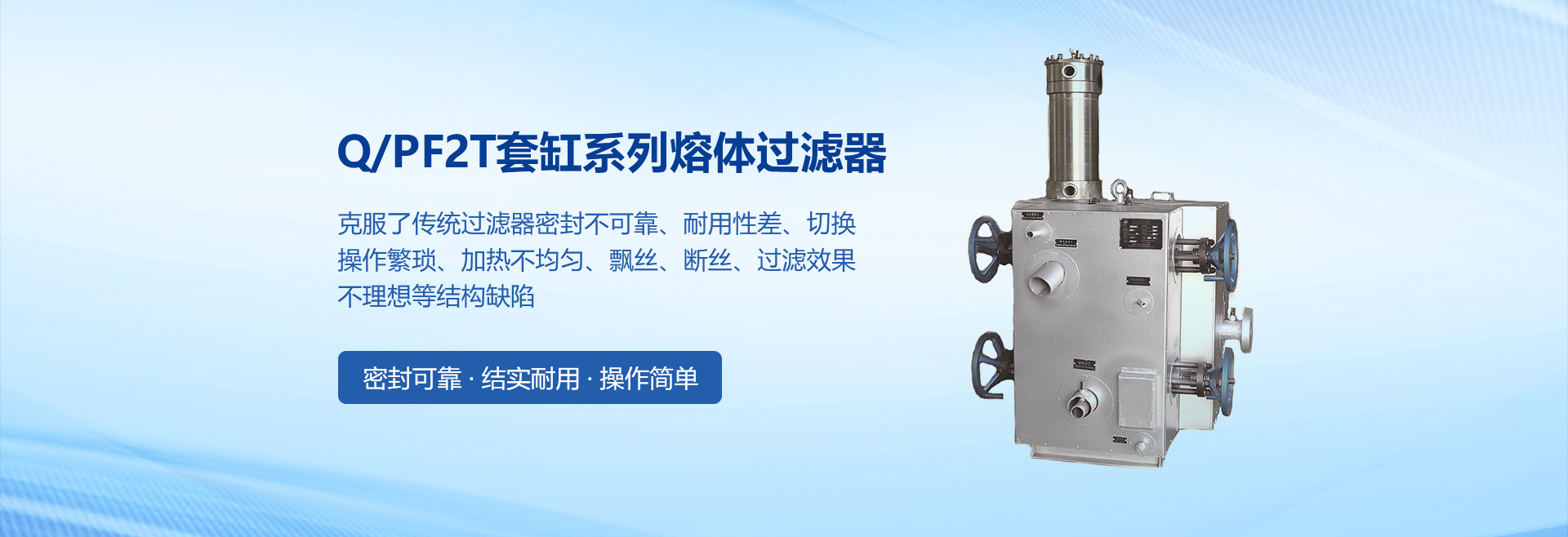How the melt filter works
The melt filter is a crucial equipment in the polymer processing process, which is mainly used to filter impurities in the molten polymer, such as unmelted polymer particles, carbide, metal particles, etc., to improve the quality and performance of the product. Its working principle is mainly based on physical filtration, through the filter medium to intercept impurities in the melt, so that pure melt through, so as to achieve the purpose of separation and purification.
First, the basic structure of melt filter
The melt filter usually consists of the following main parts:
Filter element (filter or filter element) : This is the core component of the melt filter, and its material and structure directly affect the filter effect and service life. The commonly used filter element materials include stainless steel, ceramic, sintered metal, etc., and the aperture size is selected according to the desired filtration accuracy.
Housing: Used to house the filter element and melt, and withstand melt pressure. The shell material is usually high temperature and corrosion resistant alloy steel.
Seal: Used to ensure the sealing between the shell and the filter element to prevent melt leakage. The seal material needs to be resistant to high temperature and wear.
Heating system: used to maintain the melt temperature and prevent the melt from solidifying and blocking the filter. The heating method can be electric heating, oil heating, etc.
Control system: used to control the operation of the filter, including temperature, pressure, flow and other parameters.
Second, the working principle of the melt filter
The working principle of the melt filter can be summarized as the following steps:
Melt entry: The molten polymer enters the filter housing under pressure.
Filter: The melt passes through the filter element, the impurities are intercepted on the surface or inside the filter element, and the pure melt passes through the filter element.
Melt outflow: The filtered pure melt flows out of the filter outlet and enters the next process.
Accumulation of impurities: As the filtration process progresses, impurities will continue to accumulate on the surface or inside the filter element, resulting in a gradual increase in filtration resistance.
Replace or clean the filter element: When the filter resistance reaches a certain degree, it is necessary to replace or clean the filter element to restore the filtration capacity of the filter.








